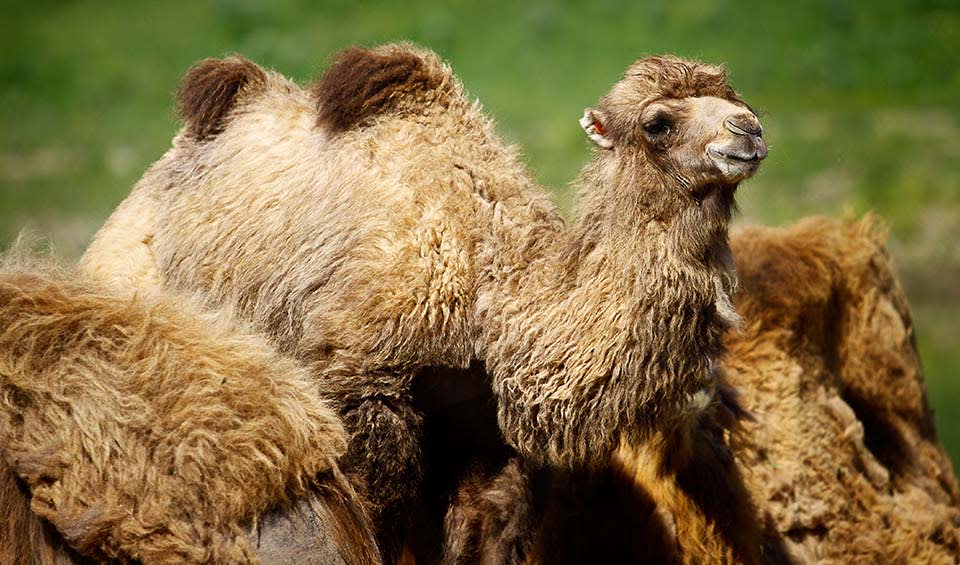Camelus – Camels
Gliding across Asia and Africa's desert, aptly named "ships of the desert"
Camels, those emblematic ruminants of the desert, stand as a testament to nature’s ability to sculpt life forms ideally suited to some of the harshest environments on Earth. Native to the arid and semi-arid regions of Africa and Asia, camels have been intricately woven into the fabric of human culture and survival in these areas for thousands of years. Their remarkable physiological and anatomical adaptations allow them to thrive where few other large mammals can, earning them the moniker “the ships of the desert.”
There are two primary species of camels: the Arabian camel, or dromedary, which boasts a single hump, and the Bactrian camel, which is distinguished by its two humps. The dromedary is predominantly found in the Middle East and the Horn of Africa, while the Bactrian camel is native to the Central Asian steppes. Both types have been domesticated for centuries, though a small population of wild Bactrian camels persists.
Camels are renowned for their ability to go for long periods without water, a trait that has made them indispensable to nomadic cultures traversing vast desert expanses. This incredible endurance is made possible by a suite of physiological adaptations, including their unique humps, which store fat that can be converted into water and energy when resources are scarce. Additionally, camels can fluctuate their body temperature to minimize water loss through sweating, and their oval-shaped red blood cells facilitate continuous flow even during dehydration.
While domesticated camels are numerous and not considered at risk, the wild Bactrian camel faces critical threats to its survival. Classified as Critically Endangered by the International Union for Conservation of Nature (IUCN) since 2002, the wild Bactrian camel’s numbers have dwindled alarmingly due to habitat loss, competition with domestic livestock, and illegal hunting. The largest known population of these wild camels, around 650 adults, finds precarious refuge in the Gobi Desert’s harsh terrain.
Species in this genus
Bactrian camel
Most are domesticated; a few herds in the Gobi desert are though to be wild
Arabian camel
No more true wild animals: all are domesticated or escaped from stock



